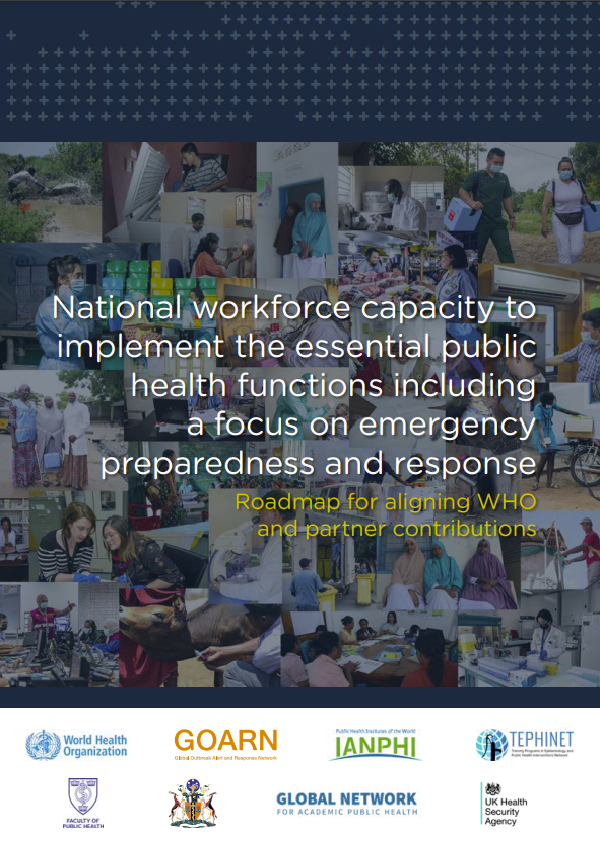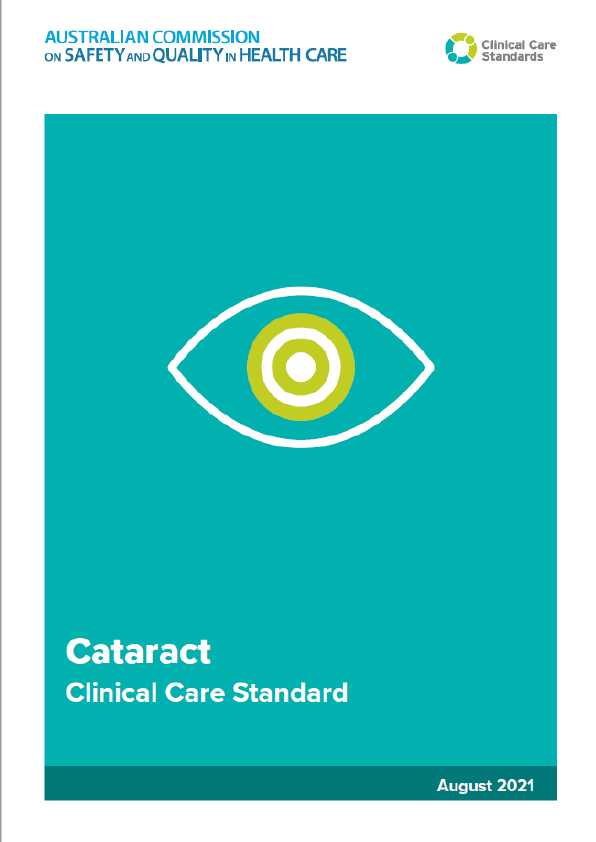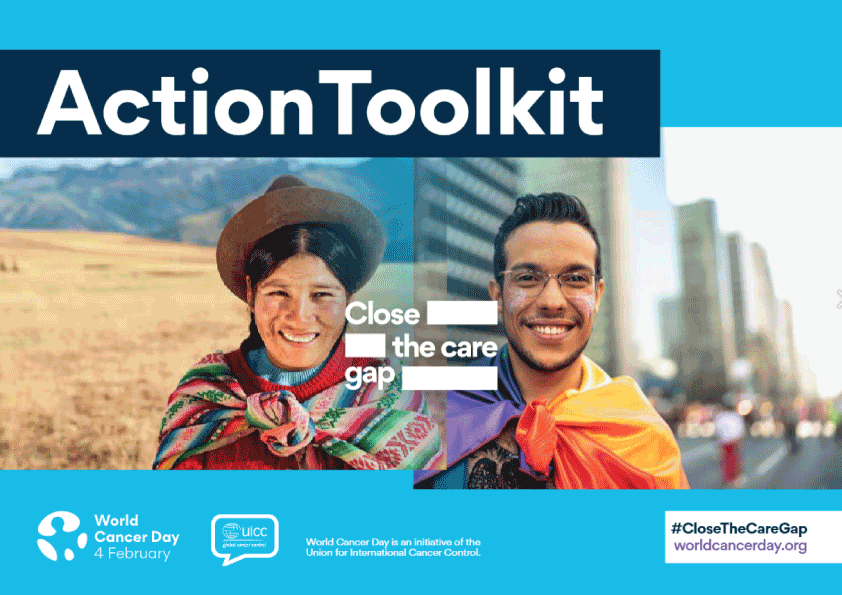Achieving and sustaining progress towards global health goals such as universal health coverage and health security requires a health and care workforce that can deliver the full range of essential public health functions, including emergency preparedness and response. Implementation of the emergency public health functions is the most cost-effective, comprehensive, and sustainable way to enhance the health of populations and individuals and to reduce the burden of disease.
Health and care workforce development has typically focused on licensed occupations that are well defined under internationally recognized classifications, such as nurses, pharmacists and physicians. The same focus is required to systematically measure and build the diverse range of occupations and specialists that constitute the public health and emergency workforce and to identify gaps between their education and development, the needs of the populations they serve, and the organizations that employ them.
In response to the COVID-19 pandemic as well as other ongoing and future challenges such as climate change, rising noncommunicable disease burden, antimicrobial resistance and economic inflation, Member States face an unprecedented moment in human history. As countries recover and turn attention to investments in health systems to meet such challenges, now is an opportune time to bolster the public health workforce, including those personnel charged with emergency preparedness and response functions.
This roadmap is the result of joint efforts across leading public health and emergency response experts, organizations and associations. The collaboration process highlighted the importance of engaging policymakers, politicians, practitioners and professional associations; the need to focus on developing competencies and skills as well as mapping and measuring the diverse occupations involved in delivery of the essential public health functions; identifying and understanding key stakeholders as well as defining roles from the outset; and contextualizing to regional, national and subnational settings.
1. Introduction
The COVID-19 pandemic, also known as the coronavirus pandemic, is a global pandemic of coronavirus disease 2019 (COVID-19) caused by severe acute respiratory syndrome coronavirus 2 (SARS-CoV-2). The World Health Organization (WHO) declared a Public Health Emergency of International Concern on 30 January 2020 and a pandemic on 11 March 2020. As of 29 June 2022, the pandemic had caused more than 545 million cases and 6.33 million confirmed deaths, making it one of the deadliest in history.
The COVID-19 pandemic has exposed the weaknesses in the health systems of countries across the world. It has provided fresh impetus to strengthen health systems, revitalize the essential public health functions (EPHFs) and enhance emergency preparedness and response (EPR) capacities (1). Attaining universal health coverage (UHC) with investment in the EPHFs and ensuring health security through the implementation of the International Health Regulations (IHR 2005) are complementary goals; however, the essential role and impact of the workforce involved in these activities is often overlooked.
Many countries do not have a dedicated public health workforce policy or plan, or their plans have limited linkage to national health sector strategic plans, national action plans for health security and other disease-specific plans. In order to strengthen public health and emergency capability, it is important to understand the centrality of the public health workforce to their delivery. Monitoring the composition of the workforce which delivers the EPHFs (which includes a specific function and focus on EPR) is a key element of public health workforce planning to ensure the development of national capacity. It is important to avoid fragmented investments and efforts in building workforce capacity and instead utilize a system approach to ensure that the workforce is adaptive, agile and fit for purpose to meet diverse, ongoing and future public health challenges.
The Rome Declaration of 2021 (2), the G20 Italia Declaration of the G20 Health Ministers (3) and a series of World Health Assembly resolutions (4–7) call for investments in building workforce capacity and “readiness” to protect populations and accelerate progress towards UHC. This political consensus is welcomed. However, implementation must be grounded in:
- A shared understanding of the skills and competencies needed to deliver the EPHFs.
- A shared understanding of the composition of the workforce which delivers the EPHFs.
- Alignment with broader health workforce policy, planning and investment, including international standards of classification.
- Alignment and integration with broader health sector reforms, policies, plans and ongoing health system strengthening efforts.
The chronic underinvestment and lack of attention to public health has resulted in depleted country capacity to deliver the EPHFs and take integrated action within and outside the health sector. This includes, for example, using a One Health approach, which aims to design and implement research, programmes, policies and legislation in which multiple sectors (such as public health, veterinary, agriculture, environment, climate and planetary health) communicate and work together to achieve better public health outcomes. Building an integrated, multidisciplinary and multisectoral workforce which can perform part or all of the EPHFs (including EPR) through health system strengthening is a sound return on investment. This can help meet the challenges brought about by COVID-19 as well as better prepare the world to prevent future pandemics, and other public health threats that could have significant impact on economies and social development (e.g. climate-related events, zoonotic spillover, noncommunicable diseases [NCDs], antimicrobial resistance [AMR]).











